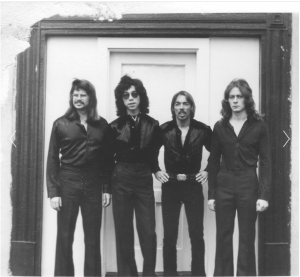I had been searching for a good USB keypad for use with my laptop. I prefer to enter sets of numbers using a separate keypad rather than using the “keypad mode” keys native to my laptop, since I don’t need to keep switching between modes if I am both entering a list of numbers and going back and forth to text.
Over the years, I have had several different keypads, and the most common problem is that the rubber feet keep coming off of them. To anyone manufacturing these things, I need to tell you:
- people who use separate keypads use them with their laptops;
- this means that your keypad must be as mobile as my laptop;
- when little pieces come off the keypad in my book bag, most likely one or more of the rubber feet, this causes the keypad to annoyingly rock side to side as I press the keys, since the pad is no longer supported in a balanced way;
- this always happens, because manufacturers universally fasten the feet (which are made of rubber to keep the keypad stationary on the table as I type) to the keypad with glue;
- this is a bad thing, because these feet eventually become un-glued;
- there are many new keypad designs which come out every year, the prices of these differ wildly, as do their functions and capabilities;
- all of these people glue the rubber feet to the keypad, regardless of how much you paid for the keypad;
- meaning that all keypads from $6 to over $100 has a useable life of about 3 months, unless you wish to put up with the instability issue;
- and so if you are like me and you get annoyed with it, you’ll spend $6.00 for a minimal USB keypad, knowing that you’ll buy one again in 3 months.
This is an open letter to the many manufacturers of such keypads: rubberize the entire bottom of the keypad. Affix it mechanically rather than with glue. Hell, you can even make the whole keypad waterproof. Even make the whole thing our of silicone like some manufacturers do with entire keyboards.
Above is a $6.99 keypad I picked up at Canada Computes, made by iCan. The depiction from the store website is more optimistic than my actual product, feet-wise. Notice that one piece of rubber goes all the way across the top. That would actually be nice, except that my actual keypad has the conventional four smaller feet. I am still hopeful that this one might be more durable, since they appear to be on the unit quite solidly. As a bonus, the USB wire wraps all the way around the unit when you store it.
Views: 90


